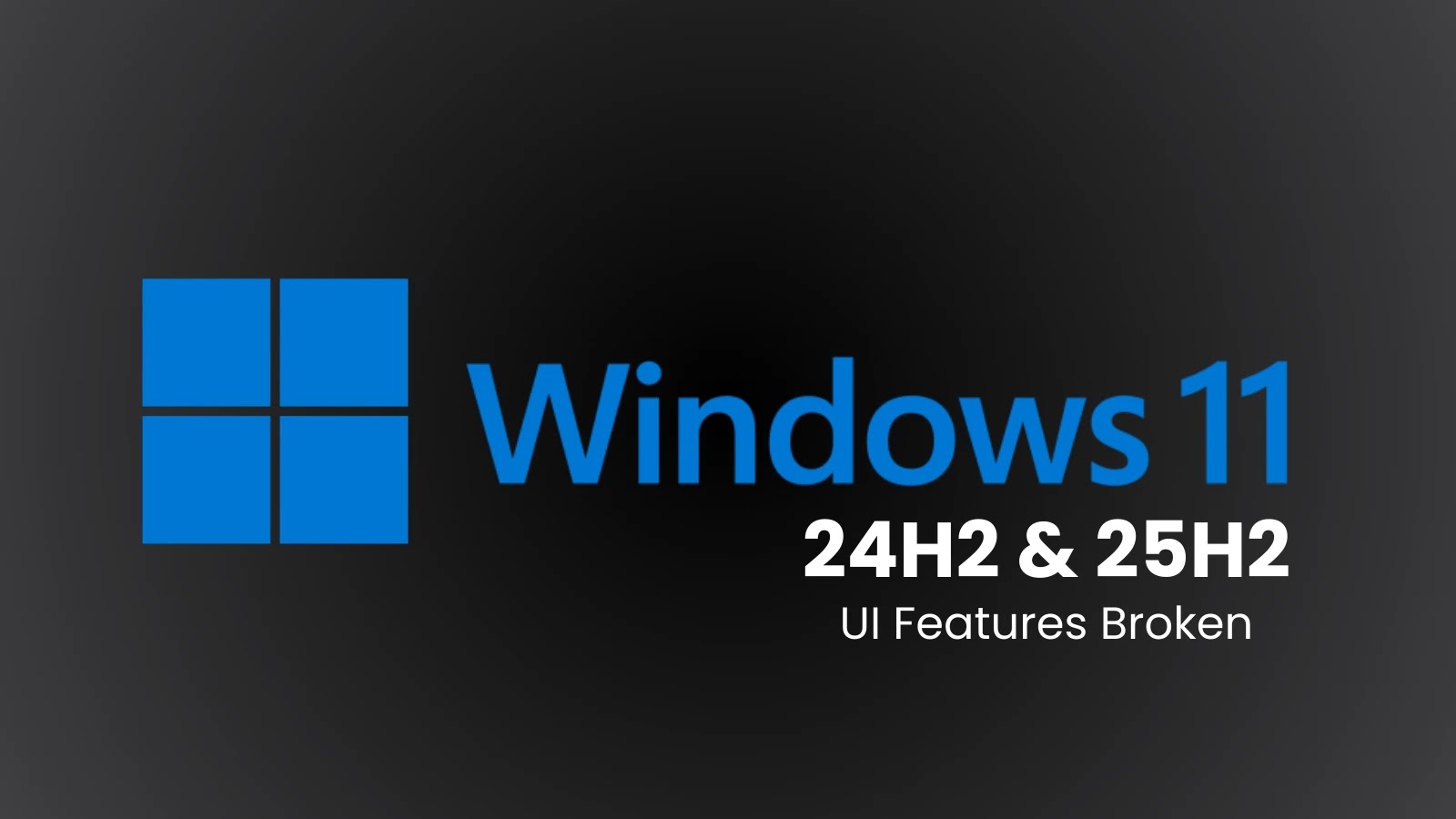Critical VMware Vulnerability Exposes Virtualized Environments to Root-Level Attacks
The Cybersecurity and Infrastructure Security Agency (CISA) has recently added CVE-2025-41244 to its Known Exploited Vulnerabilities catalog, highlighting a significant security flaw within Broadcom’s VMware Aria Operations and VMware Tools. This local privilege escalation vulnerability has been actively exploited, posing a substantial risk to organizations utilizing VMware’s virtualization solutions.
Understanding CVE-2025-41244
CVE-2025-41244 is a critical vulnerability that allows a local user with non-administrative access to a virtual machine (VM) to escalate their privileges to root on the same VM. This escalation is particularly concerning in environments where VMware Tools are installed and managed by Aria Operations with the Software-Defined Management Platform (SDMP) enabled. The vulnerability has been assigned a CVSSv3 base score of 7.8, categorizing it as an important security issue.
Technical Details and Exploitation
The root cause of this vulnerability lies in improper privilege handling within VMware Tools and Aria Operations. Specifically, the flaw is associated with CWE-267 (Privilege Defined With Unsafe Actions), where certain configurations inadvertently grant elevated privileges to low-level users. An attacker with local access can exploit this flaw to gain full administrative control over the VM, potentially leading to broader network access or data exfiltration.
Exploitation of this vulnerability requires local access to the VM, which can be achieved through various means such as phishing attacks or leveraging unpatched endpoints. Once access is obtained, the attacker can execute arbitrary code with root privileges, compromising the integrity and security of the virtualized environment.
Affected Products and Versions
The vulnerability affects the following VMware products:
– VMware Tools: Versions prior to 12.5.4.
– VMware Aria Operations: Specific releases as detailed in Broadcom’s advisory.
For Linux users, updates to open-vm-tools will be distributed through respective vendors. Windows 32-bit systems are addressed in VMware Tools version 12.4.9, included in the 12.5.4 bundle.
Mitigation and Recommendations
CISA strongly advises organizations to apply the vendor-provided patches immediately to mitigate the risk associated with this vulnerability. Federal agencies are directed to follow Binding Operational Directive (BOD) 22-01 for federal cloud services. In cases where patching is not feasible, discontinuing the use of vulnerable products is recommended to prevent potential exploitation.
This incident underscores the persistent targeting of virtualization platforms, which are integral to modern hybrid IT infrastructures. The active exploitation of CVE-2025-41244 highlights the critical need for organizations to prioritize vulnerability management and maintain up-to-date systems to safeguard against emerging threats.
Collaborative Efforts in Cybersecurity
The discovery and reporting of this vulnerability were credited to Maxime Thiebaut of NVISO, emphasizing the importance of collaborative efforts in identifying and mitigating security flaws. Such partnerships between security researchers and vendors are vital in enhancing the overall security posture of the digital ecosystem.
Conclusion
The active exploitation of CVE-2025-41244 serves as a stark reminder of the evolving threat landscape targeting virtualization platforms. Organizations must remain vigilant, promptly apply security patches, and implement robust security measures to protect their virtualized environments from potential attacks.



